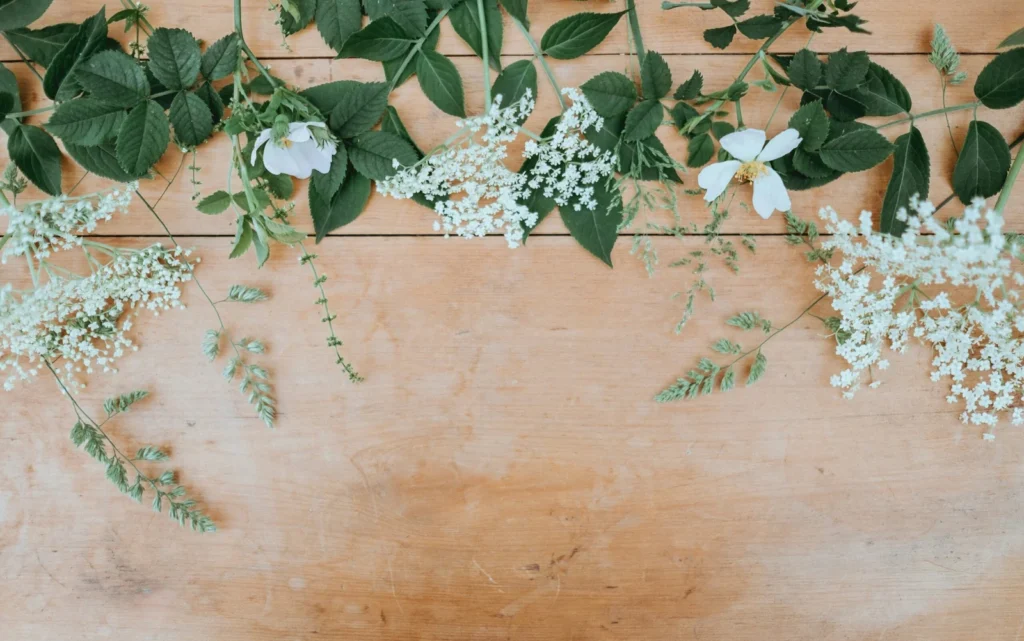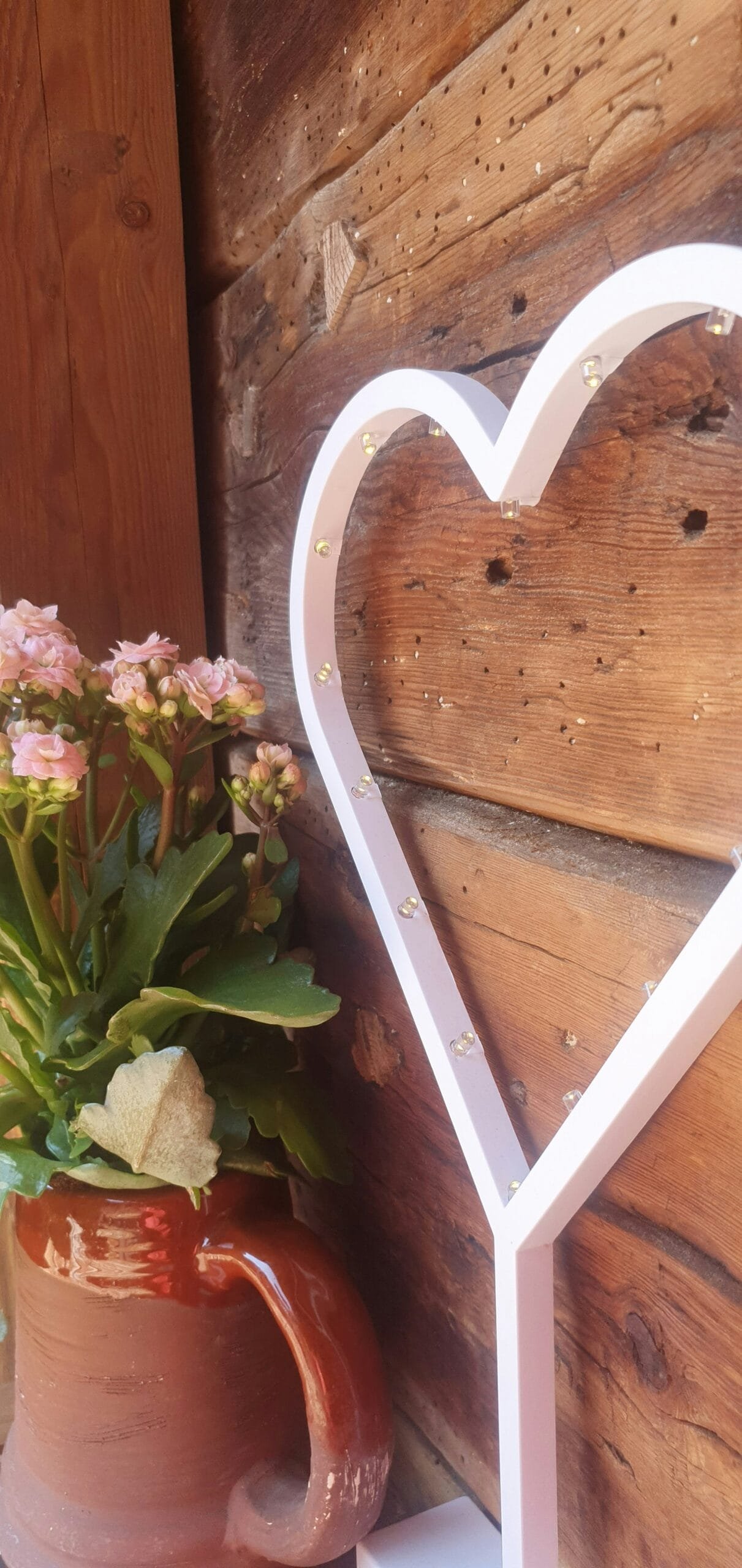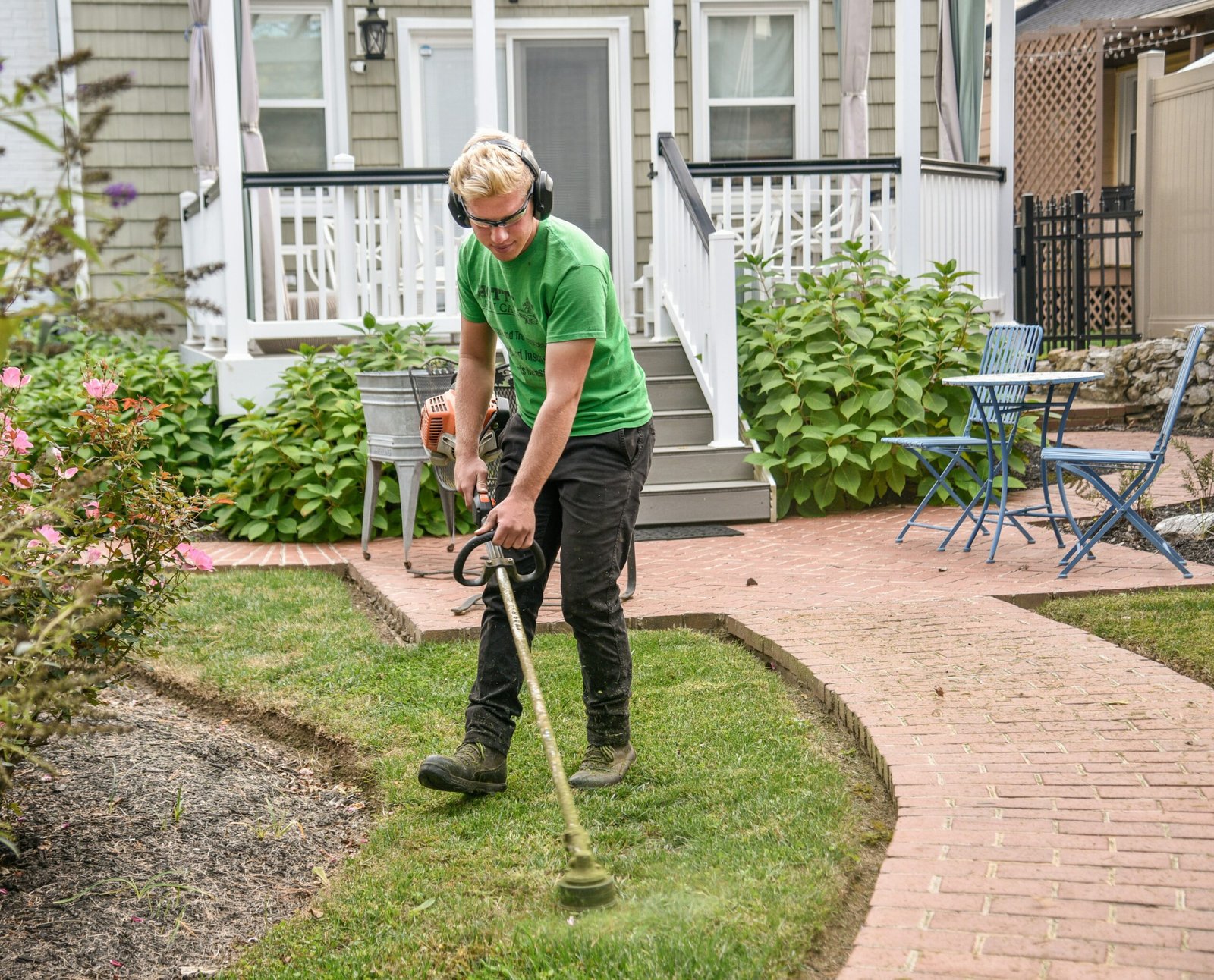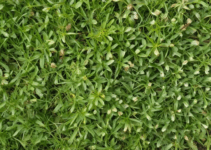Embrace the beauty of spring with our guide to early flower planting! Discover the significance of spring flowers, from daffodils to hyacinths, and learn essential tips on preparing your garden beds. This post highlights the benefits of planting early in the season, including increased blooms and support for local wildlife. Whether you’re a seasoned gardener or a beginner, exploring these vibrant flowers will help you transform your outdoor space into a blooming sanctuary. Get ready to nurture your green thumb and watch your garden flourish this spring!
The Joy of Spring: Why Plant Flowers Now?
Spring is often regarded as a season of renewal and rejuvenation, marked by a palpable sense of excitement as nature awakens from its winter slumber. Planting flowers during this vibrant season not only creates a visually appealing garden but also significantly enhances one’s emotional well-being. Engaging in gardening activities has been shown to reduce stress levels and promote a sense of joy, making the process of planting flowers particularly rewarding.

The anticipation of vibrant blooms heralding the arrival of warmer days can create delightful moments that bring happiness into our lives. The simple act of working with the soil provides a tactile experience that connects us to the earth, inviting a profound appreciation for the cycle of life. As our hands dig into the dirt, we begin to envision the colorful blossoms that will soon grace our gardens and homes. This connection is not merely superficial; it fosters a deeper understanding of nature’s rhythms and the time it takes for growth and transformation.
Please, read our post and do not forget to check our YouTube channel “Grig Stamate”:
https://www.youtube.com/@GrigStamate
You will find there, thousands of designing, furnishing, and decorating ideas for your home interior and outdoors.
Allow me to mention one of them:
Beautiful Small Backyard Gardens | OUTDOOR DECOR & LANDSCAPING IDEAS #16 (video)
Moreover, early spring is an optimal time for planting flowers, as the soil begins to warm up and provides an excellent environment for germination. The investment of time and care during this period ensures that plants establish strong roots, leading to a bountiful display of color as the season progresses. Early blooms can also play a pivotal role in attracting pollinators, such as bees and butterflies, which are essential for the health of our ecosystems. By planting flowers now, we embrace the opportunity to cultivate beauty in our immediate surroundings and contribute positively to the environment.
In essence, the act of planting flowers in early spring transcends mere gardening; it becomes a celebration of life and an invitation to revel in the joy that nature offers. As blossoms begin to appear, they not only beautify our homes but also nurture our hearts, reminding us of the cyclical nature of life and the hope that each new season brings.
Choosing the Right Flowers: Factors to Consider
Selecting the most suitable flowers for early spring requires a thoughtful consideration of several environmental factors that can significantly influence plant growth and blooming success. One of the primary factors to consider is the local climate. Different flower species have varying tolerances to temperature shifts and frost. For instance, some hardy varieties, such as pansies and snapdragons, can endure cooler temperatures, making them excellent choices for early spring planting. On the other hand, delicate species may struggle if subjected to unexpected frosts, so understanding your climate zone is crucial.
Another critical factor is soil type. The texture and composition of your garden soil can affect drainage and nutrient availability for your flowers. Sandy soils allow for excellent drainage but may require frequent watering. In contrast, clay soils tend to retain moisture, which can lead to root rot if not managed properly. Therefore, it is advisable to conduct a soil test to determine pH levels and nutrient content, resulting in more informed decisions about which flowers to plant. Additionally, enriching the soil with organic matter can help create an optimal environment for your spring flowers.
The amount of sunlight your garden receives plays an essential role in flower selection as well. While some species thrive in full sun, others prefer partial shade. The placement of your garden—whether it’s a sun-drenched spot or a shaded corner—will dictate your choice of flowers. For example, daisies and marigolds require at least six hours of direct sunlight daily, whereas astilbes and ferns perform better in shaded areas. By understanding these vital elements of your local environment, you will be better equipped to make choices that ensure your spring flowers flourish with vibrant colors and delightful fragrances.
Daffodils: The Cheerful Harbingers of Spring
Daffodils, known scientifically as Narcissus, are among the first flowers to bloom as spring begins to unfold. These vibrant yellow blossoms, often seen flourishing in gardens and parks, symbolize rebirth, renewal, and the hope that comes with the changing seasons. Their cheerful appearance brightens up any landscape, making them a popular choice for gardeners looking to celebrate the arrival of spring.
Characteristically, daffodils feature robust, strap-like leaves and trumpet-shaped flowers that can vary in shades from bright yellow to creamy white. The blooms typically emerge in clusters, creating an eye-catching display that is visually striking. Daffodils are perennial plants, which means they will return year after year, providing consistent joy as they announce the onset of the warmer months.
Planting daffodils is relatively straightforward, making them an ideal option for both novice and experienced gardeners alike. These bulbs can be planted in the fall, allowing them to establish roots before winter sets in, but early spring planting is also possible in milder climates. To achieve optimal growth, it is advisable to plant them in well-draining soil under full or partial sunlight. Regular watering during dry periods ensures that the bulbs are sufficiently nourished, promoting robust growth and vibrant blooms.
The care for daffodils is minimal, as they are relatively resilient to various environmental conditions and pests. After they bloom, allowing the foliage to die back naturally is crucial, as this process helps store energy in the bulb for the next growing season. Their hardiness and ability to thrive in diverse conditions make daffodils a perfect choice for any spring garden, infusing spaces not just with color, but also with a sense of optimism and joy.
Tulips: A Rainbow of Colors
Tulips are quintessential spring flowers known for their vibrant colors and distinct shape. They belong to the genus Tulipa, which has a rich history dating back to the Ottoman Empire, where they were highly revered and cultivated. The flower’s name is derived from the Turkish word “tülbent,” meaning turban, due to the flower’s resemblance to the headwear. Today, tulips are symbolic of rebirth and new beginnings, making them a favored choice for spring gardens.
These charming flowers come in a multitude of varieties, showcasing an array of colors from classic reds, yellows, and whites to unique shades of black, pink, and even striped patterns. The diversity in color and form allows gardeners to create stunning visual contrasts in their landscape design. When planning a tulip garden, consider mixing early, mid, and late-blooming varieties to enjoy a prolonged display of color throughout the spring months.
For successful tulip planting, it is crucial to choose a location that receives ample sunlight—a minimum of six hours each day is ideal. The planting should occur in well-drained soil to prevent bulb rot. A general rule of thumb is to plant the bulbs at a depth of three times their height, with the pointed end facing upwards. Watering after planting is essential, but it is important to avoid overwatering, which can lead to undesirable fungal diseases.
In terms of care, tulips are relatively low-maintenance. Once they bloom, it is advisable to deadhead the flowers to encourage a more prolonged display. Additionally, allowing the foliage to die back naturally ensures that the bulbs store energy for next year’s bloom. For those interested in fascinating tulip facts, it is noted that a single tulip bulb can produce multiple flowers, and the Netherlands is home to the world’s largest tulip festival, attracting millions each year.
Hyacinths: Fragrant and Fabulous
Hyacinths are a delightful addition to any spring garden, known for their vibrant colors and intoxicating fragrance. These bulbous perennials can bloom in a variety of shades, including purple, pink, blue, and white, creating a visually stunning display. The flowers typically emerge in early spring, bringing joy and life after the barren winter months. Planting hyacinths is a straightforward process, as they thrive in well-drained soil and prefer full sun or partial shade. Ideally, bulbs should be planted in the fall, but with careful handling, they can be successfully planted in early spring for a burst of color as the days lengthen and warm up.
Caring for hyacinths is relatively simple. After planting, water the bulbs thoroughly to establish roots, and maintain moderate moisture as they grow. Fertilizing with a balanced fertilizer can enhance the blooming process, ensuring vibrant flowers that can reach up to a foot tall. Once the blooms have faded, it is crucial to allow the leaves to die back naturally, as this replenishes nutrients in the bulb for the next growing season.
Hyacinths not only offer aesthetic pleasure but also carry a rich historical significance. They have been cherished for centuries, often associated with various myths and folklore; for example, in Greek mythology, Hyacinthus was a young man loved by the god Apollo. His tragic death led to the creation of the flower, making hyacinths a symbol of rebirth and beauty. Additionally, the sweet aroma of hyacinths evokes nostalgia, often transporting individuals to cherished memories of gardens from their childhood or special occasions. These properties make hyacinths not only a floral choice but also an emotional anchor in the landscape of personal experiences.
Pansies: Faces That Blossom with Spring
Pansies, known for their distinctive and vibrant blossoms that resemble cheerful faces, are one of the most beloved flowers of the spring season. They come in a multitude of colors and patterns, making them versatile additions to any garden. Their wide array of hues, from deep purples to bright yellows, allows gardeners to create stunning displays that can elevate the overall aesthetic of outdoor spaces. Whether used as borders, in containers, or as standalone specimens, these flowers provide a unique charm that is hard to resist.
One of the most appealing characteristics of pansies is their resilience to cooler temperatures. Unlike many other flowers that shy away from the chill, pansies are capable of withstanding light frosts and thrive in early spring when conditions can still be brisk. This hardiness makes them an excellent choice for gardeners looking to plant something colorful as winter transitions to spring. Gardeners can enjoy the vibrant blooms of pansies well into the cooler months, making them a practical option for extending the gardening season.
Caring for pansies is relatively straightforward, which adds to their popularity among both novice and experienced gardeners. These flowers prefer well-drained soil and thrive in areas that receive full sun to partial shade. Regular watering is essential, especially during dry spells, but care should also be taken to avoid over-watering, which can lead to root rot. When planting pansies, consider spacing them adequately to allow for their growth, and deadheading spent flowers can encourage further blooming. Their cheerful nature, ability to thrive in varying conditions, and minimal maintenance requirements make pansies a delightful addition to any garden, ensuring that every glance outside brings a smile.
Primroses: A Touch of Vintage Charm
Primroses, with their delicate petals and vibrant hues, offer a remarkable touch of vintage charm to any garden. This perennial flower is known for a variety of colors, including shades of yellow, pink, purple, and white, which add a refreshing splash to the early spring landscape. The beauty of primroses is not only visual; they stand out for their remarkable ability to bloom even in cooler temperatures, making them one of the first flowers to herald the arrival of spring.
Historically, primroses have held a special significance. The name “primrose” is derived from the Latin “primula,” meaning “first,” reflecting its status as one of the first flowers to bloom in the year. They have been cherished not only for their beauty but also for their medicinal properties, once being used in folk medicine to alleviate ailments. These flowering plants evoke a sense of nostalgia, reminiscent of simpler times when gardens relied on perennial blooms like primroses, bringing warmth and cheer as the winter frost receded.
Integrating primroses into your garden can create a rich tapestry of color and texture. They thrive in moist, well-drained soils and are renowned for their low maintenance requirements, making them suitable for gardeners of all skill levels. Their charming appearance can often stir memories of cherished gardens of yesteryear, inviting reflections on the past while adding historical depth to your planting scheme. As they emerge in the early weeks of spring, primroses remind us of the enduring beauty of the natural world and our connections to it. By planting these flowers, you not only beautify your space but also celebrate a timeless floral tradition.
Snapdragons: The Whimsical Stalkers of Spring
Snapdragons, scientifically known as Antirrhinum majus, are charming spring flowers that add a playful touch to gardens with their unique dragon-like appearance and vibrant colors. Originating from the Mediterranean region, these delightful blooms have captured the hearts of gardeners for centuries. Historically, snapdragons were believed to ward off evil spirits, adding a mystical allure that has persisted through generations. Their name comes from the way the flowers resemble a dragon’s head, which opens and closes when pinched. This whimsical feature not only delights children but also intrigues adults, making them a popular choice for family gardens.
When planting snapdragons, timing is crucial. They thrive in cool weather, making early spring the perfect season for sowing seeds or transplanting seedlings. Ideally, soil should be well-drained, and enriched with organic matter to ensure healthy growth. Snapdragons can be planted either directly in the garden or in containers, offering flexibility for both urban and rural gardeners. It is recommended to space them approximately 8-12 inches apart to allow for proper air circulation and growth. The bold variety of colors — ranging from pastels to vivid hues — allows gardeners to create eye-catching floral displays.
Caring for snapdragons entails regular watering and deadheading to promote continuous blooming throughout the spring season. It is essential to incorporate a balanced fertilizer every few weeks to encourage robust growth and vibrant colors. Additionally, snapdragons are relatively disease-resistant but can be susceptible to aphids and fungal issues when not monitored closely. Planting them in well-draining soil and avoiding overhead watering can significantly reduce such risks. Their ability to attract pollinators adds to their appeal, enhancing the overall ecosystem in the garden.
Incorporating snapdragons into your spring garden not only enriches its visual appeal but also provides an opportunity for social interaction. The unique shape and colors provoke curiosity and conversation among friends and family, allowing for shared gardening experiences that can foster cherished memories. Engaging in gardening activities with loved ones while tending to these delightful flowers can transform a simple hobby into a joyful communal experience.
Crocuses: Small but Mighty
Crocuses are one of the first flowers to bloom in spring, often poking through the frosty soil as winter’s grip begins to loosen. These small yet mighty bulbs signify the arrival of spring, bringing with them vibrant splashes of color that can brighten any garden. Crocuses come in a variety of shades, including purple, yellow, white, and striped patterns, making them a delightful addition to both formal and informal landscapes.
One of the standout features of crocuses is their remarkable resilience. They can tolerate surprisingly harsh conditions and are known to thrive with minimal care. This makes them an ideal choice for gardeners seeking low-maintenance options. Once planted, crocuses will return each year, multiplying and spreading through the garden, creating more of their joyful presence with each season. The persistence of these flowers is a testament to their hardiness, as they can survive through frost and even snow, emerging when the conditions seem least favorable.
The joy that crocuses bring is not only visual; they also symbolize hope and renewal. The sight of these delicate flowers emerging from the ground can uplift the spirits and remind us of the beauty of nature’s cycles. Incorporating crocuses into your garden can provide emotional benefits as well. Their cheerful blooms act as little celebrations of spring, turning barren winter landscapes into vibrant displays of life and color.
For those who are considering planting crocuses, they are typically best planted in well-drained soil with plenty of sunlight. The bulbs should be placed a few inches deep, ensuring they receive adequate nutrients while focusing on their growth. As they multiply, crocuses will continue to enhance the beauty of your garden, making it a joyful and welcoming space each spring.
Sweet Alyssum: The Tiny Sweethearts of Spring
Sweet alyssum (Lobularia maritima) is a charming flowering plant that plays a significant role in early spring gardens. This evergreen perennial, often grown as an annual in cooler climates, features clusters of small, sweetly fragrant flowers that can vary in color from white and yellow to lavender and pink. The scent of sweet alyssum is exceptionally appealing, often likened to honey, making it a delightful addition to any garden. Its pleasant aroma is known to attract various pollinators, including bees and butterflies, thereby enhancing the ecosystem of your garden.
When it comes to growth habits, sweet alyssum thrives in full sun to partial shade, preferring well-drained soil. They are relatively low-maintenance and can tolerate light drought conditions, making them suitable for a diverse range of environments. For optimal growth, it is advisable to ensure that the soil remains moist, especially during dry spells. Their compact growth habit, reaching a height of about 6 to 12 inches, allows them to be excellent choices for ground cover or border plants, providing a soft carpet of color that can complement taller flowering plants. Furthermore, their ability to spread over time makes them ideal for filling in gaps in the garden.
Sweet alyssum’s versatility extends beyond its aesthetic benefits. It can help suppress weeds, thanks to its dense foliage, while also attracting beneficial insects. Known for its ability to thrive in cooler temperatures, sweet alyssum brings a refreshing touch to early spring gardens, making it a must-have for gardeners. The joyful presence of these tiny flowers not only signifies the arrival of spring but also showcases the beauty and resilience of nature on display.
The Garden Revolution: Putting It All Together
As we conclude our exploration of nine beautiful spring flowers that can be planted early in the season, it’s important to reflect on the key takeaways that will assist you in creating a thriving garden. Each of the flowers discussed—from vivid pansies to fragrant hyacinths—offers unique traits, blooming patterns, and care requirements that cater to diverse gardening preferences. By understanding these characteristics, you can choose flowers that not only complement each other but also resonate with your personal aesthetic.
When planning your garden layout, consider the height, blooming time, and color palettes of the flowers. For example, pairing shorter flowers like alyssum with taller varieties such as delphiniums creates visual interest and structure in your garden. Additionally, incorporating varying textures, from the soft petals of petunias to the spiky leaves of ornamental grasses, can enhance the overall appeal of your garden. As you mix and match these flowers, focus on creating a harmonious color scheme that articulates your unique style.
Moreover, remember that planting spring flowers is not just about aesthetics. Engaging with your garden provides mental nourishment, allowing you to connect with nature and cultivate a space that reflects your personality. As you dig into the earth, plant your flowers, and tend to your garden, engage every sense, from the colors and scents to the joyous sounds of nature around you. The process is as rewarding as the outcome.
We encourage you to embrace this gardening season wholeheartedly. Take time to enjoy each step—select the flowers that speak to you, prepare your garden beds, and witness the beauty unfold as spring progresses. Ultimately, your garden will evolve into a beautiful and serene reflection of your creativity and passion, making your spring experience truly remarkable.
Other related posts from our website:
https://howtobuildahouseblog.com/perennial-lavender-in-a-pot-how-to-overwinter-it-like-a-pro/
https://howtobuildahouseblog.com/january-goals-youll-want-to-dig-into-in-the-garden/
Thank you so much for your attention.
Stay tuned. We will upload many other amazing posts to our website and videos onto our YouTube channel.
Thank you so much.
for your time and attention.
Best Regards
See you to another post,
Bye, Bye



No Responses